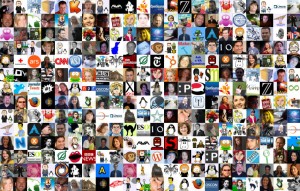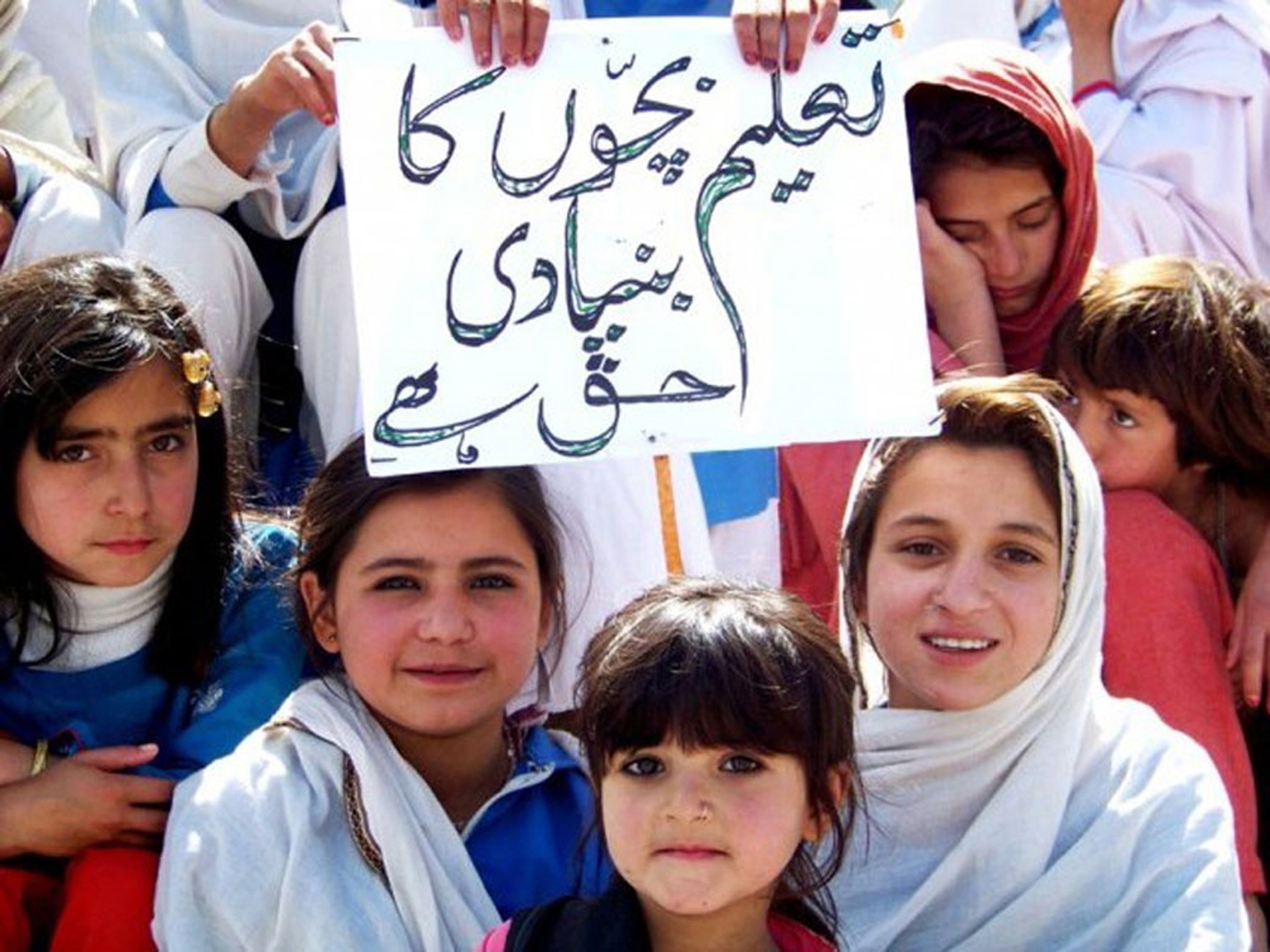
Social media may have played a pivotal role in mobilizing the Arab spring, but in Pakistan it has taken down Maya Khan. Without going into the debate of Maya Khan show and its created hoopla, let us discuss the role of social media that has successfully stimulated a discussion on media ethics and social responsibilities that later mobilize the campaign to get her show off-air and finally pressurized Samaa TV to fire her.
Days after the airing of infamous episode of her morning show, the YouTube links of Maya Khan had gone viral over the twitter where people started twitting with hash tags like #MayaKhan, #BoycottSamaaTV and #SamaaTV wiggling their take on the show. Next thing you know it was all over the Facebook. In addition to bloggers, journalist and activist; ordinary people were discussing the issue on different online forums.
Now, if we can mobilize such a discussion or debate on social media to uphold the media ethics and social responsibility, why can’t we use the same to create awareness on some serious issues affecting us like falling education, growing intolerance & hatred or quandary of terrorism? Last year a campaign was launched by the Pakistan Education Task Force (PETF) to highlight the plight of education in Pakistan. The aim was to instigate a debate on education on media especially television to discuss the topic for one whole month. Where newspaper printed stories exclusively on education, news channels and their anchors also chipped in.
There are 26 countries way poorer than Pakistan that are sending more children to primary school than us. We are even lagging behind the Saarc countries who are more successful than us. We spent paltry 1.5% of our GDP on education that also includes paying salaries to ghost teachers. PETF campaign was a good initiative but it only lasted for a month. What we need is to mobilize a similar movement/campaign to keep spotlight on the issues like education, health and whatnot. Diversion of public funds toward neglected education sector coupled with sincere effort is one of the basic steps to reduce the growing extremism in Pakistan.
The media landscape has rapidly transformed during last ten years. Gone are the days when you read stuff on newspaper and magazine, watch news or documentary on television. We are living in a time where often news is broke over Twitter way before any news channel. Ordinary people geared with affordable gadgets report news and event as it happen. They take photos and videos; upload it instantly over the internet way before any media correspondent. Remember our very own Sohaib Athar from Abbottabad, who started tweeting when he noticed unusual helicopters hovering over his otherwise quite garrison town. He unknowingly live tweeted the biggest story of the year and accidently become a “citizen journalist”.
Just imagine that every one of us has the capability of owning our own “printing press” and “small TV stations” to beam content online. It is basically a shift from traditional media concept of “one to many” to “many to many,” where consumers are now also become the producers. Sure there will be abandon crap produced in the process just like many ‘filler’ programs on television to fill low viewership timeslots. But there will be lot of exclusive and quality content, unrestricted by editorial caps.
Let us use this social capital for something meaningful. Technology is already here, waiting for its deployment.


Going to put this aritlce to good use now.